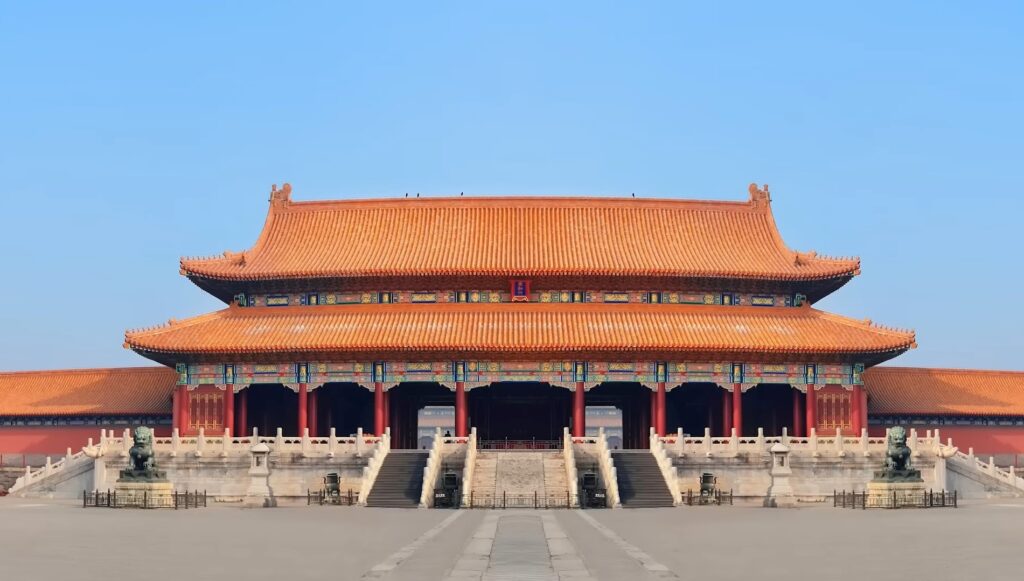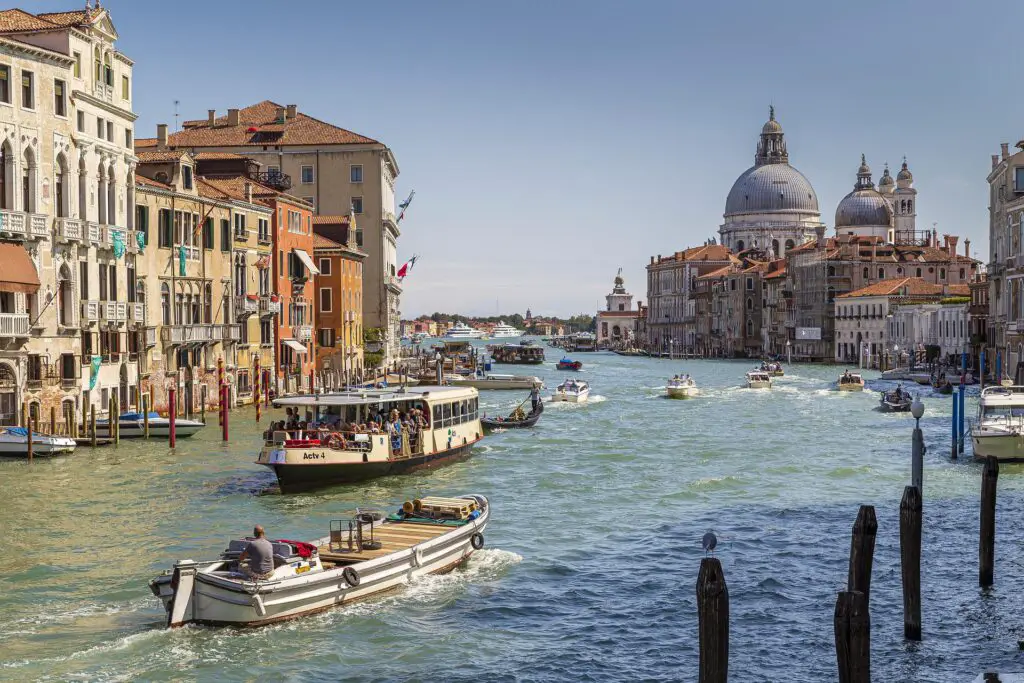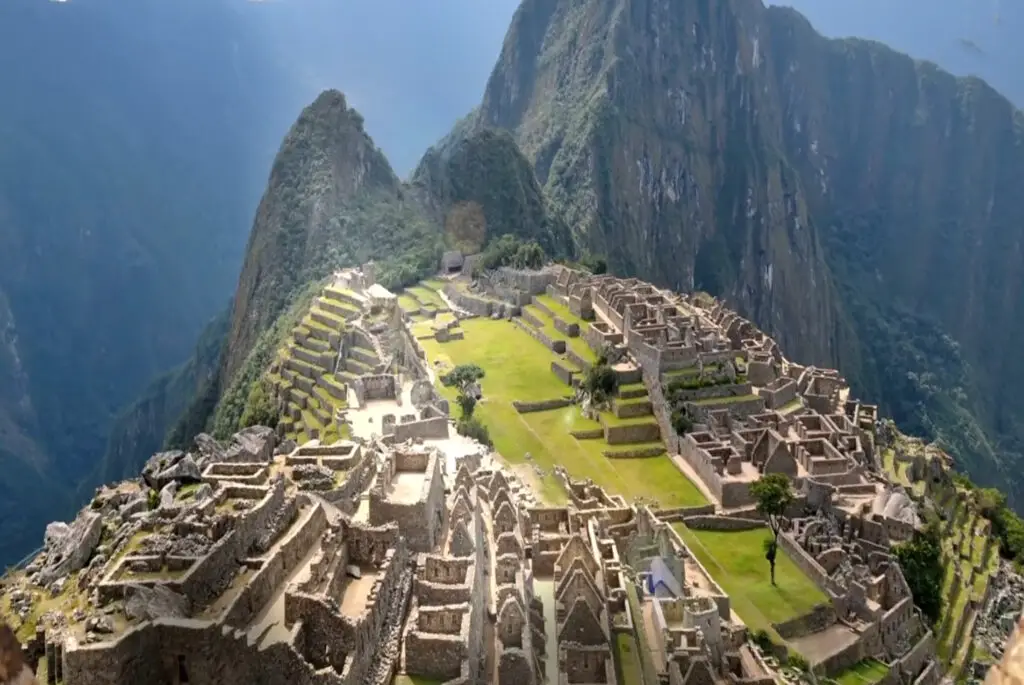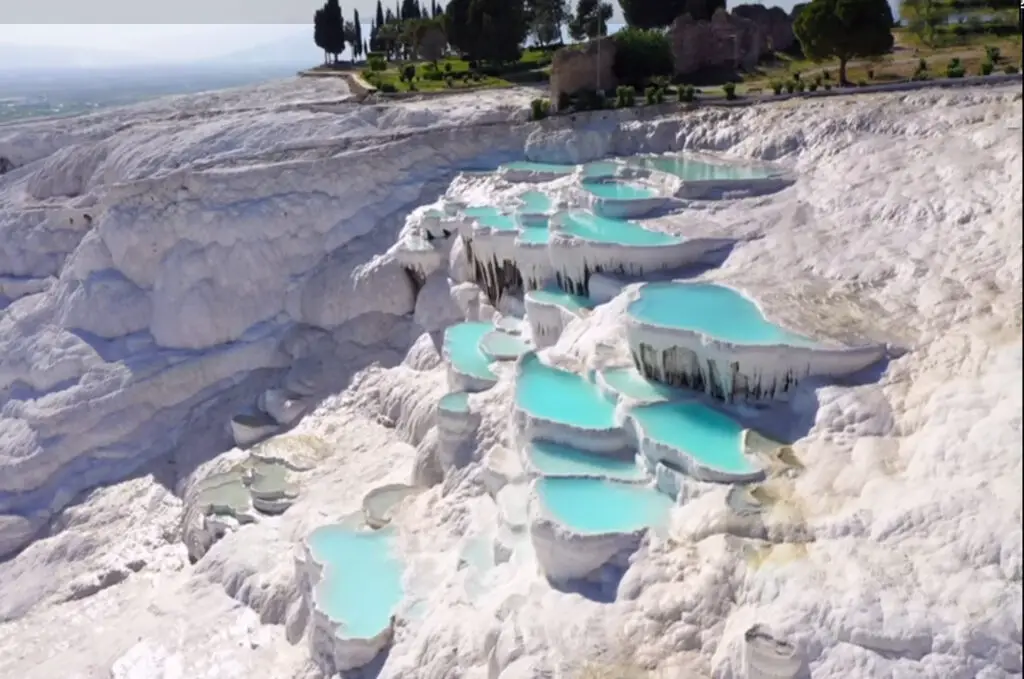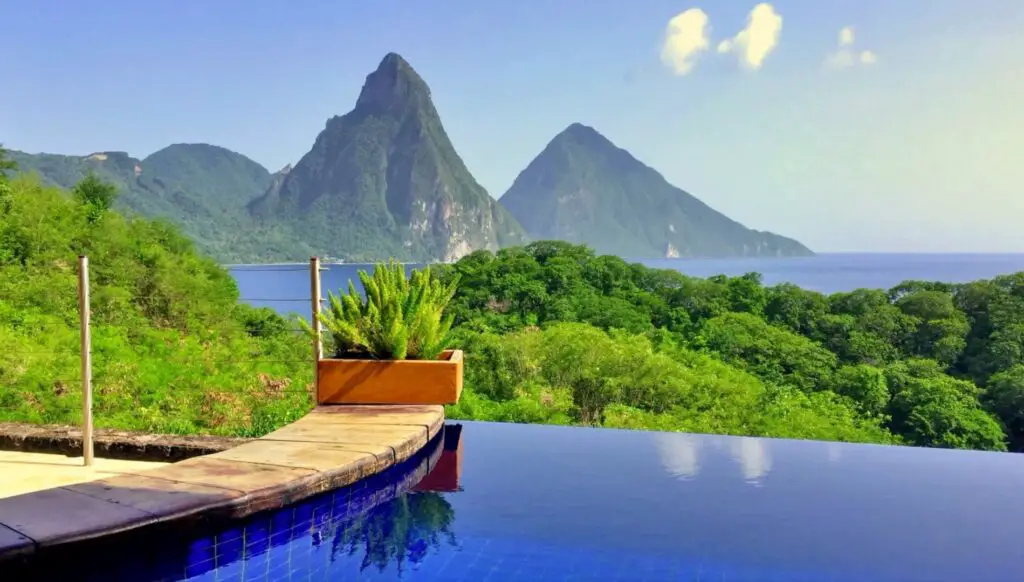The Forbidden City, also known as the Palace Museum, is one of the most iconic and historically significant landmarks in Beijing, China. Located in the heart of the city, the Forbidden City is an imperial palace complex that served as the home of Chinese emperors and their households from the Ming dynasty to the end of the Qing dynasty.
The Forbidden City, located in the heart of Beijing, China, is one of the most famous and iconic landmarks in the world. Built over 600 years ago during the Ming dynasty, it is a symbol of China’s imperial past and is one of the largest palace complexes in the world. It is a UNESCO World Heritage Site and is visited by millions of people every year.
History of the Forbidden City
The construction of the Forbidden City began in 1406 during the reign of Emperor Yongle of the Ming dynasty. It took over 14 years to complete and was designed to be the imperial palace of China. The palace was built to impress and awe visitors with its grandeur and opulence, and to demonstrate the power and wealth of the Chinese emperors.
The palace was the home of the emperors and their families for over 500 years, from the Ming dynasty to the end of the Qing dynasty. During this time, it was the center of political power and cultural life in China.
The palace was known as the Forbidden City because it was off-limits to ordinary people. Only the emperor, his family, and his court were allowed to enter. Anyone caught trying to enter the palace without permission would be executed.
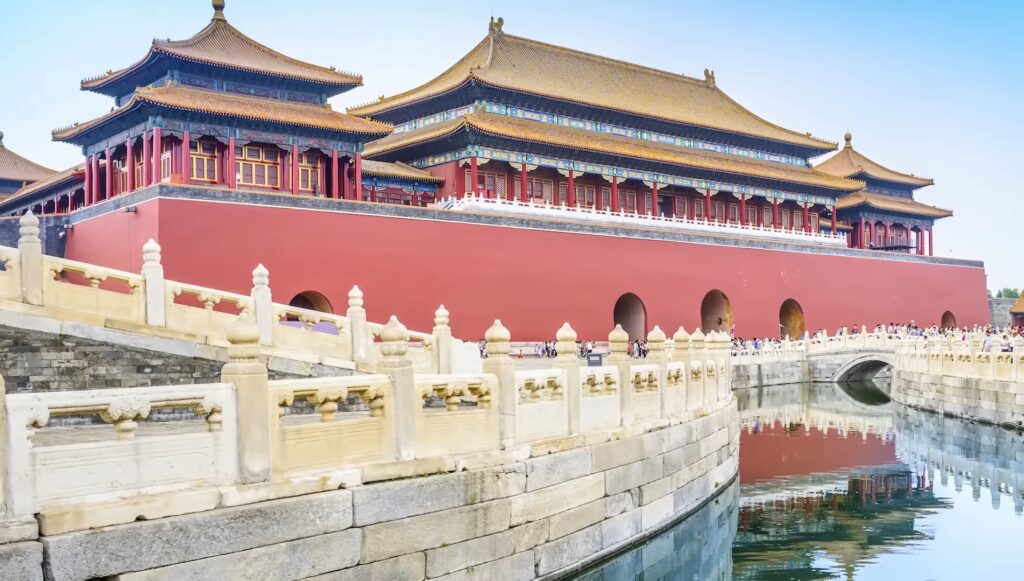
Why is the Forbidden City called Forbidden?
The Forbidden City in Beijing, China, is called “forbidden” due to historical reasons and the exclusivity associated with its access. Here’s some background information:
The Forbidden City was the imperial palace complex during the Ming and Qing dynasties, serving as the residence of the Chinese emperors and their households from the early 15th century to the early 20th century. The complex covers a vast area and consists of numerous palaces, halls, courtyards, and other structures.
The name “Forbidden City” is a translation of the Chinese term “Zǐjìn Chéng” (紫禁城), which literally means “Purple Forbidden City.” The term “forbidden” refers to restricted access to the complex, with entry being exclusive to the emperor, his immediate family, and select officials and servants. Ordinary citizens and even high-ranking officials were prohibited from entering without special permission or an invitation from the emperor.
The Forbidden City was designed as the symbolic center of imperial power, representing the supreme authority of the emperor. It was surrounded by high walls and a moat, further emphasizing its secluded nature and restricted access. The intention was to create an environment of utmost privacy and secrecy for the imperial court, shielded from the outside world.
The exclusivity and secrecy associated with the Forbidden City were meant to maintain the emperor’s authority and protect the imperial family and the court from external threats and potential rebellions. It was considered a sacred space, where the emperor conducted important state affairs, held grand ceremonies, and resided with his concubines and royal family members.
Over the centuries, the Forbidden City retained its aura of mystery and inaccessibility. Only a select few were allowed to enter its grand gates, adding to its allure and the perception of it being a forbidden and sacred place.
Today, the Forbidden City serves as the Palace Museum and is open to the public as a major cultural and historical attraction in Beijing. Visitors from around the world can explore its magnificent architecture, and imperial treasures, and gain insights into the rich history of China’s imperial past. However, its historical significance as a once-restricted and exclusive palace complex has led to its enduring name, the Forbidden City.
The Architecture of the Forbidden City
The Forbidden City is an awe-inspiring structure that is filled with history, culture, and art. The palace complex was built in the early 15th century and covers an area of over 720,000 square meters, making it the largest palace complex in the world. It is surrounded by a 10-meter-high wall and a moat that is 52 meters wide. The palace complex is made up of over 980 buildings, each with its unique architectural style and design.
The Forbidden City was the center of political power in China for over 500 years. It was built by the Ming dynasty’s Yongle Emperor, who wanted to create a grand and impressive palace that would reflect his power and authority. The construction of the palace took 14 years to complete and involved over a million workers. The palace was constructed using traditional Chinese architectural techniques and materials, including wood, stone, and bricks.
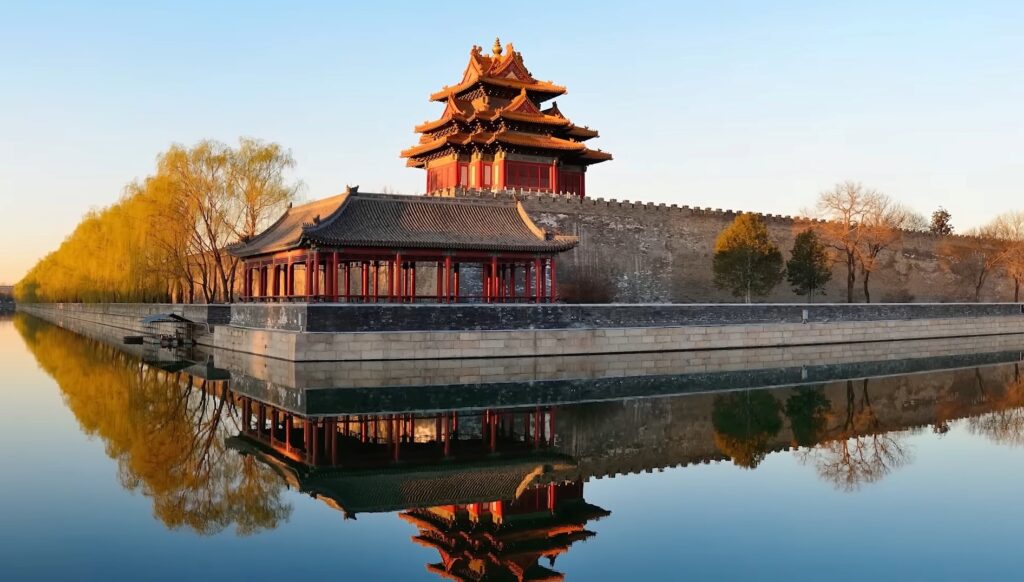
The Forbidden City was the home of the Chinese emperors and their families for centuries. It was a private residence and only members of the imperial family and their close associates were allowed to enter. The palace complex was strictly off-limits to the public, and anyone caught trying to enter was punished severely.
Today, the Forbidden City is open to the public and is one of the most popular tourist attractions in Beijing. The palace complex is a UNESCO World Heritage site and attracts millions of visitors every year. Visitors can explore the palace complex and see the grand halls, temples, and gardens that were once the private domain of the emperors.
The palace complex is divided into two main sections, the Outer Court and the Inner Court. The Outer Court was the public area of the palace complex, and it was where the emperor conducted official business and ceremonies. The Inner Court was the private area of the palace complex, and it was where the emperor and his family lived.
The most famous building in the Outer Court is the Hall of Supreme Harmony. This grand hall was where the emperor held important ceremonies, such as coronations and imperial weddings. The Hall of Supreme Harmony is an impressive structure that stands over 30 meters tall and is adorned with intricate carvings and decorations.
Another important building in the Outer Court is the Hall of Central Harmony. This hall was where the emperor prepared for ceremonies and receptions. The Hall of Central Harmony is a smaller structure than the Hall of Supreme Harmony but is still an impressive building with intricate decorations and carvings.
The Inner Court is where the emperor and his family lived. The most important building in the Inner Court is the Palace of Heavenly Purity. This building was the emperor’s residence and was where he conducted his private affairs. The Palace of Heavenly Purity is a beautiful structure with intricate decorations and carvings.
One of the most impressive features of the Forbidden City is its collection of art and artifacts. The palace complex is home to over 1.8 million artifacts, including paintings, calligraphy, ceramics, and jade. These artifacts offer a glimpse into China’s rich history and culture and provide a fascinating insight into the lives of the Chinese emperors.
The palace complex is also home to several gardens, including the Imperial Garden and the Palace of Tranquil Longevity Garden. These gardens are peaceful oases within the bustling city and offer visitors a chance to relax and enjoy the beauty of nature.
Tips for Visiting the Forbidden City
The Forbidden City is a large complex, and visitors should allow plenty of time to explore it. It is recommended to spend at least three hours exploring the palace.
Visitors should wear comfortable shoes, as there is a lot of walking involved. The palace complex is also very crowded, especially during peak tourist season, so visitors should be prepared for large crowds.

